12 Sea Creatures That Are More Dangerous Than Sharks
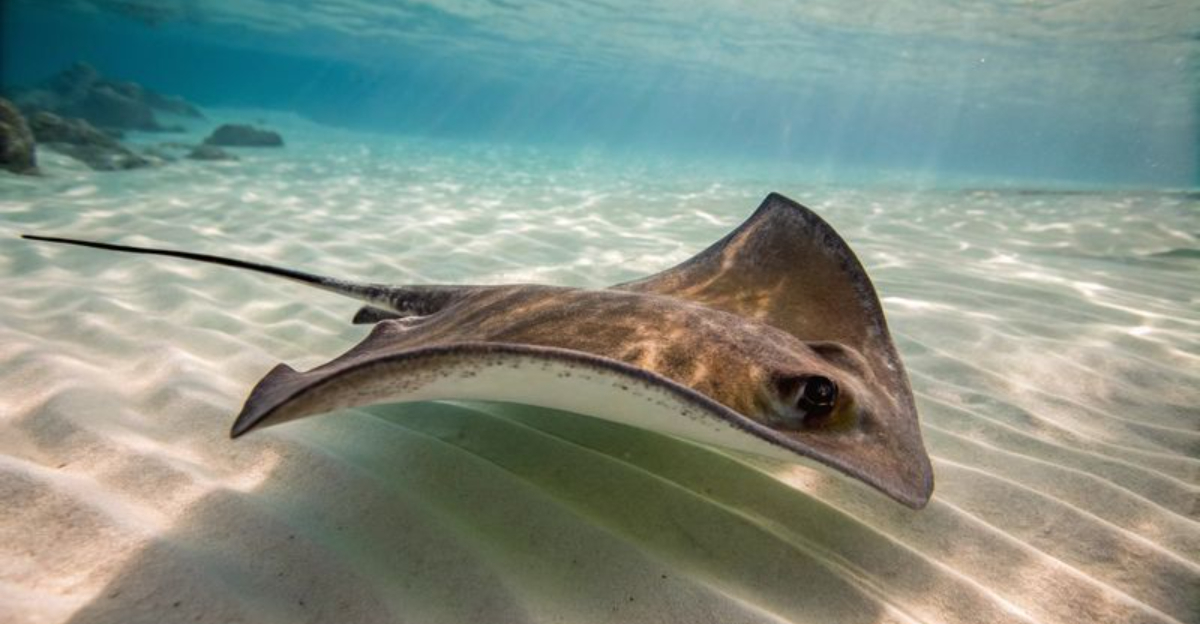
When we think of ocean dangers, sharks often swim to the top of our minds. But the deep blue hides many creatures far more deadly than these misunderstood predators.
From tiny toxin-carriers to massive marine mammals, these underwater threats cause more human deaths and injuries annually than their toothy, fin-backed cousins.
Ready to meet the real rulers of underwater risk?
1. Box Jellyfish
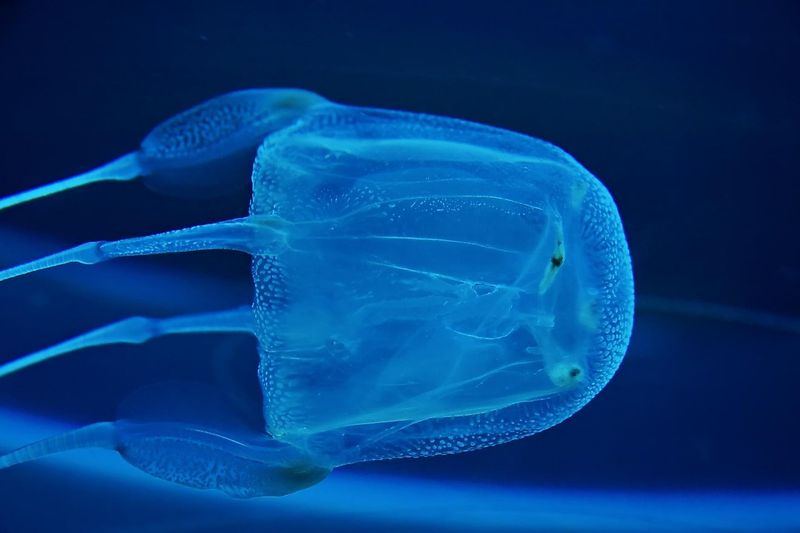
Nearly invisible in the water, these gelatinous assassins pack enough venom to harm 60 adults in minutes. Their tentacles, which can stretch up to 10 feet, contain specialized stinging cells that attack the heart, nervous system, and skin cells simultaneously.
The pain is so intense that victims often go into shock and drown before reaching shore. Unlike shark attacks, these encounters happen thousands of times yearly, particularly in Australia and Southeast Asia.
2. Blue-Ringed Octopus
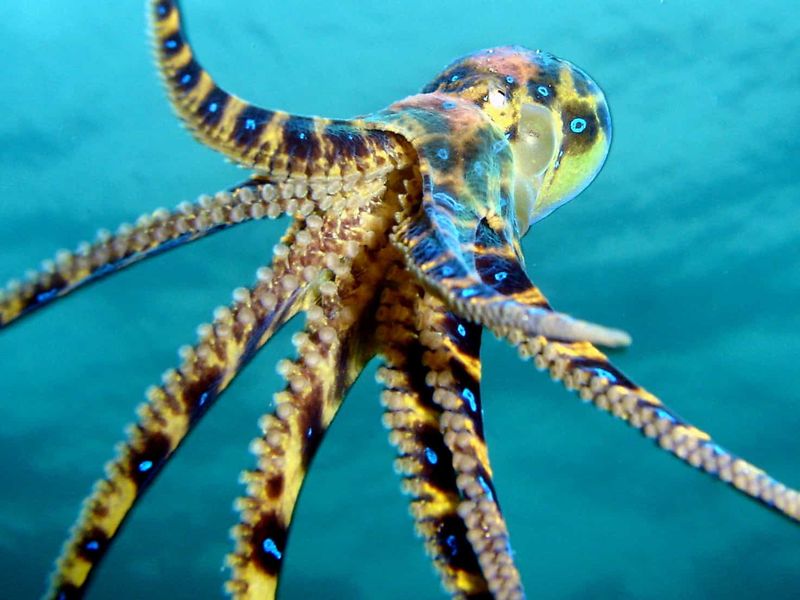
Don’t let the cute size fool you. This softball-sized cephalopod carries enough tetrodotoxin to harm 26 adults in minutes. When threatened, brilliant blue rings flash across its yellowish skin – nature’s perfect warning sign.
The worst part? No antivenom exists. Victims remain fully conscious but paralyzed, unable to signal for help or even breathe. Found in tide pools across the Pacific and Indian Oceans, they’re especially common in Australian waters.
3. Stonefish
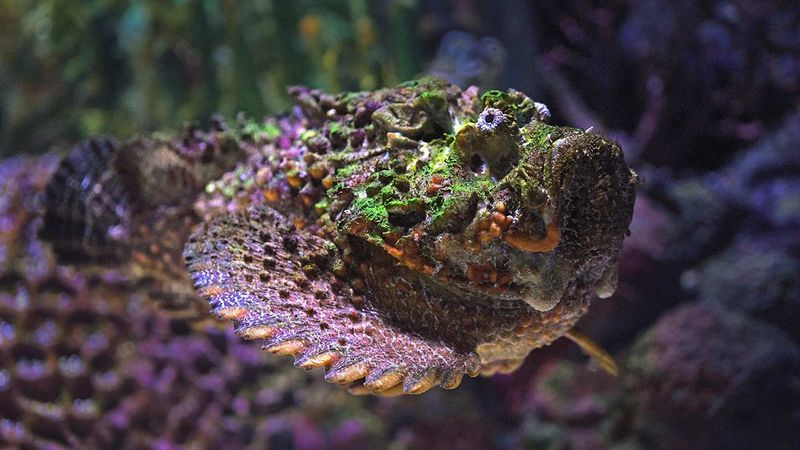
Stepping on what looks like an ordinary rock could be your last barefoot beach walk. These masters of camouflage sport 13 needle-sharp dorsal spines loaded with some of the most painful venom known to science.
Victims describe the agony as feeling like a sledgehammer hit followed by blowtorch heat. Without immediate treatment, the venom can cause heart failure, paralysis, or tissue death requiring amputation. They lurk in shallow coastal waters throughout the Indo-Pacific.
4. Cone Snails
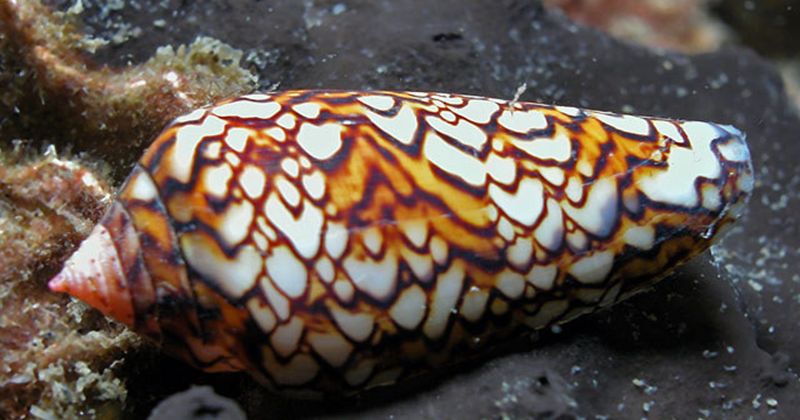
Collectors beware! These stunning shells house mini-harpoon-wielding assassins that can strike faster than a blink. Their complex venom cocktail – so powerful it’s nicknamed “cigarette snail” because you only have time to smoke one before dying – paralyzes prey instantly.
No larger than your palm, these colorful creatures have claimed numerous lives. Scientists are so impressed by their toxins that they’re studying them for potential pain relievers stronger than morphine yet non-addictive.
5. Sea Snakes
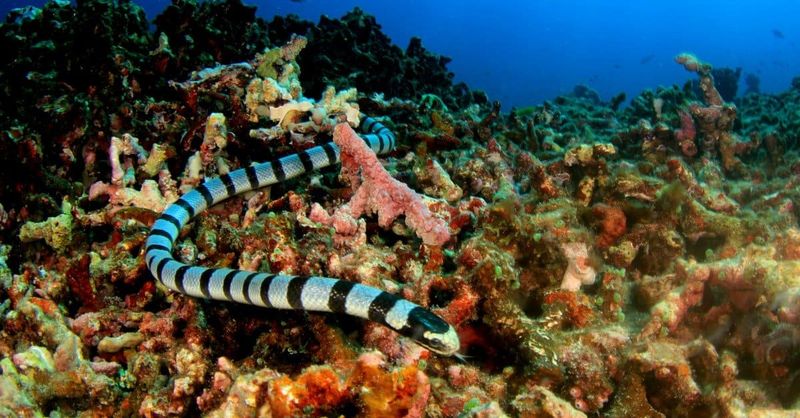
Forget land snakes – their ocean cousins pack venom up to 10 times more potent! These ribbon-like swimmers can measure up to 9 feet long with flattened tails perfect for underwater propulsion.
The good news? They’re typically docile. The bad news? Their small fangs mean many bites go unnoticed until paralysis sets in hours later. With over 60 species cruising tropical waters, they cause numerous fatalities annually, especially among fishermen clearing nets.
6. Lionfish
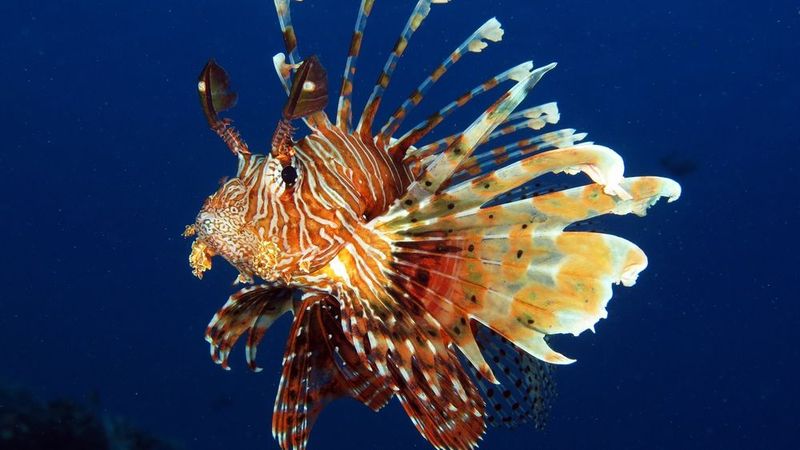
Looking like underwater peacocks, these striped beauties with fan-like fins are actually floating fortresses of pain. Their 18 venomous spines deliver excruciating stings that cause intense swelling, breathing difficulties, and occasionally heart failure.
Originally from Indo-Pacific waters, they’ve invaded Atlantic coastlines with devastating effect. With no natural predators and producing up to 30,000 eggs every four days, they’re destroying native fish populations while posing increasing risks to divers and fishermen.
7. Portuguese Man-Of-War
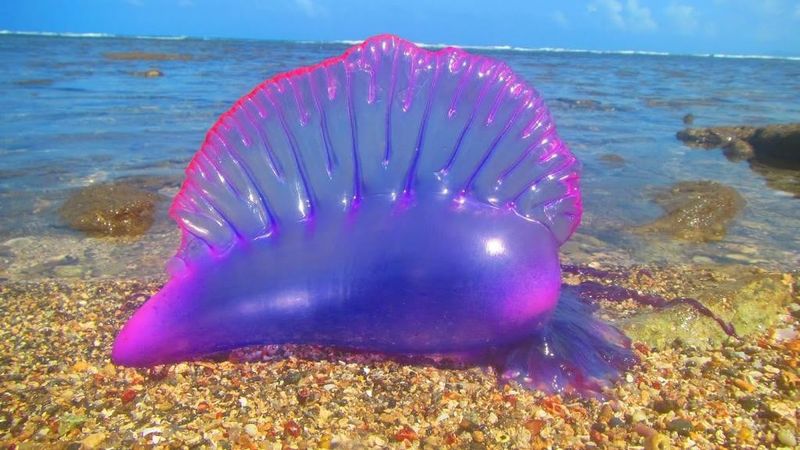
That beautiful purple balloon floating on the surface? Actually a colony of specialized organisms working together as a floating death trap. Their tentacles – stretching up to 165 feet – contain millions of microscopic venom capsules that fire on contact.
While rarely fatal to healthy adults, their painful welts can trigger dangerous allergic reactions, and entanglement in those massive tentacles has caused swimmers to drown from shock and pain.
8. Needlefish
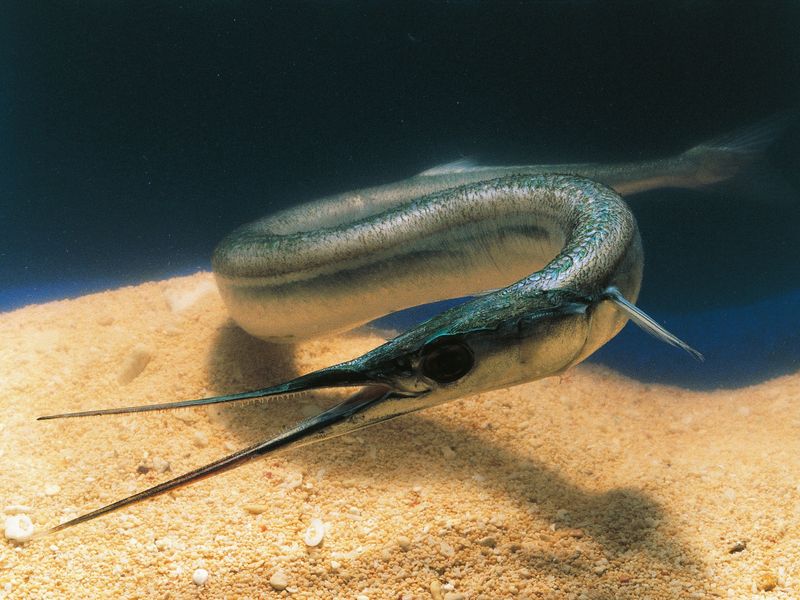
Imagine swimming at night when suddenly a three-foot living spear launches itself out of the water at 40 mph. These skinny silver fish with elongated beaks regularly leap over boats – sometimes impaling unfortunate humans in their path.
Unlike most creatures on this list, they’re not venomous – just dangerous projectiles. Multiple fatalities occur yearly when these fish skewer people through the neck, chest, or eyes. They’re common in tropical waters worldwide, especially in Southeast Asia.
9. Stingrays
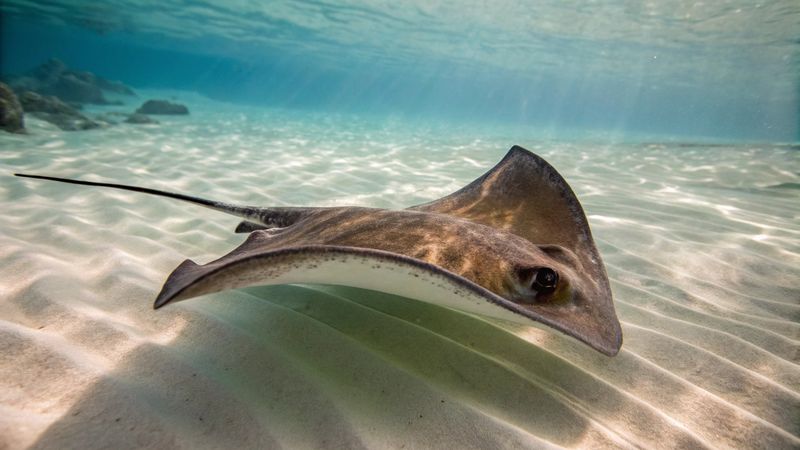
These normally gentle bottom-dwellers pack a serious defensive punch. Their whip-like tails contain serrated barbs coated with toxin that cause excruciating pain when stepped on or cornered.
The barbs can penetrate bone and break off inside victims, causing infections beyond the initial wound. With over 200 species worldwide in shallow coastal waters, they cause thousands of injuries annually – far more than any shark species.
10. Fire Coral
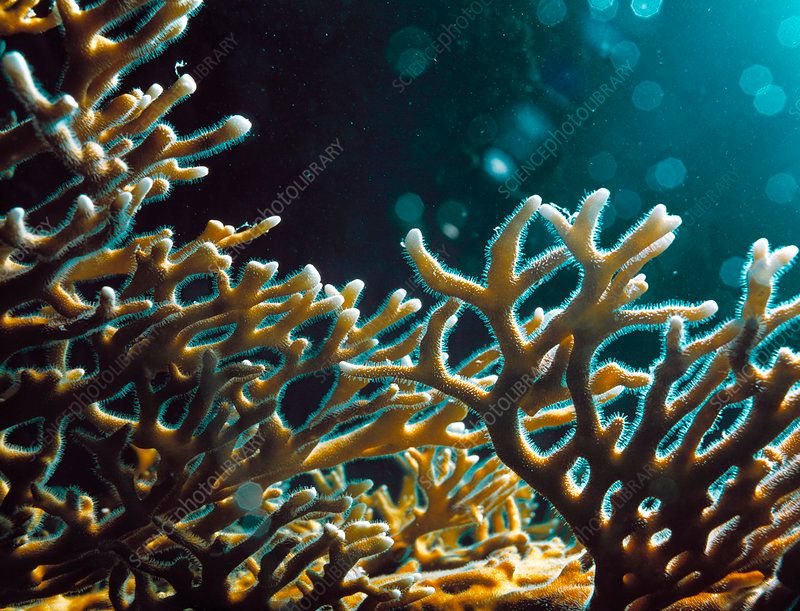
Looks like coral, burns like fire – but it’s actually a colony of tiny hydroids masquerading as reef. Brush against these yellowish-brown formations while diving, and thousands of microscopic stinging cells inject neurotoxins that feel like someone took a blowtorch to your skin.
The burning sensation can last weeks, often accompanied by blisters and sometimes systemic symptoms like vomiting and fever. As reef tourism grows, fire coral encounters have skyrocketed, especially in Caribbean and Red Sea diving spots.
11. Flower Urchins
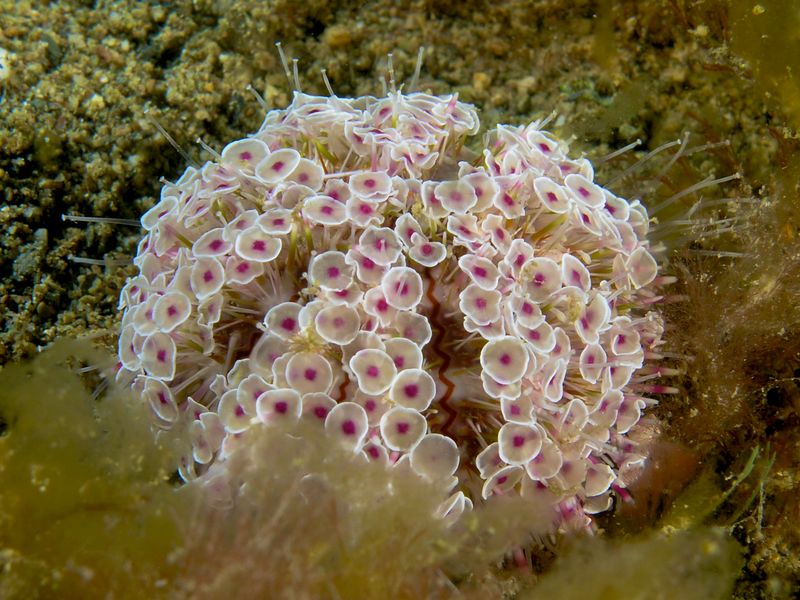
Deceptively beautiful with flower-like patterns, these urchins harbor the ocean’s most powerful toxin. Their venom contains compounds that can stop your heart within minutes – no antivenom exists. Just one spine can deliver enough poison for a quick and painful death.
Found primarily in Indo-Pacific waters, particularly around Japan and the Philippines, they hide in shallow tide pools where barefoot waders often step on them. Unlike regular sea urchins, their sting isn’t just painful – it’s potentially lethal.
12. Barracuda
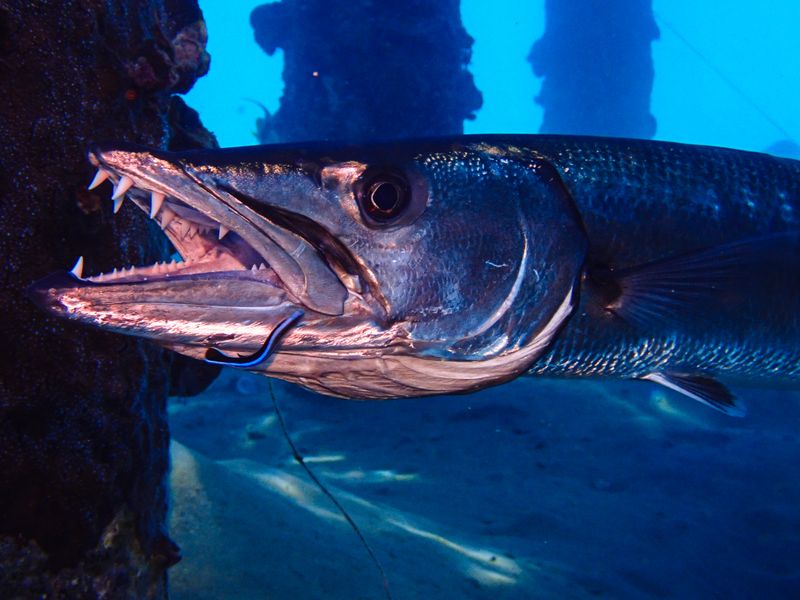
When these torpedo-shaped predators mistake shiny objects for fish, they strike at speeds of up to 35 mph. Their razor-sharp teeth can slice through flesh with surgical precision, causing catastrophic blood loss before victims even realize what happened.
Growing up to 6 feet long with powerful jaws lined with fang-like teeth, they’re responsible for more unprovoked attacks than many shark species. They’re particularly dangerous in murky water when wearing jewelry or shiny dive gear that triggers their predatory instinct.






